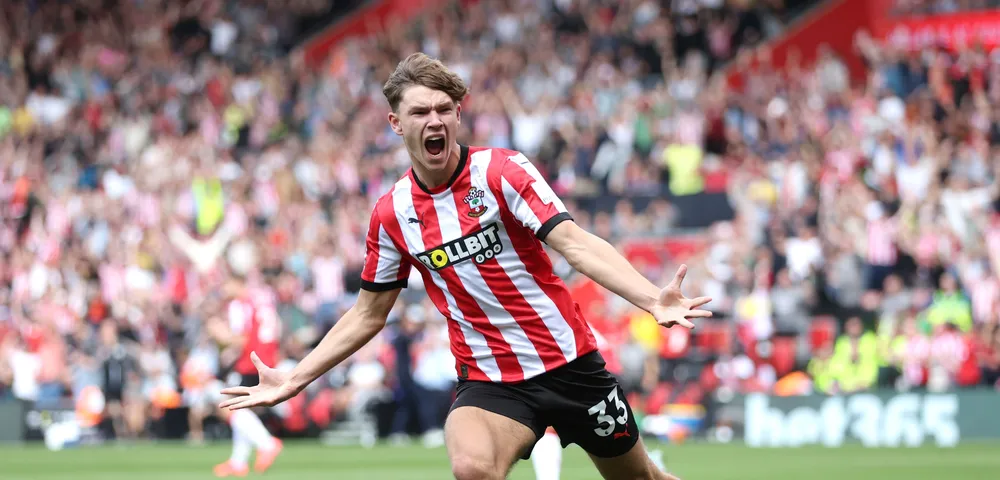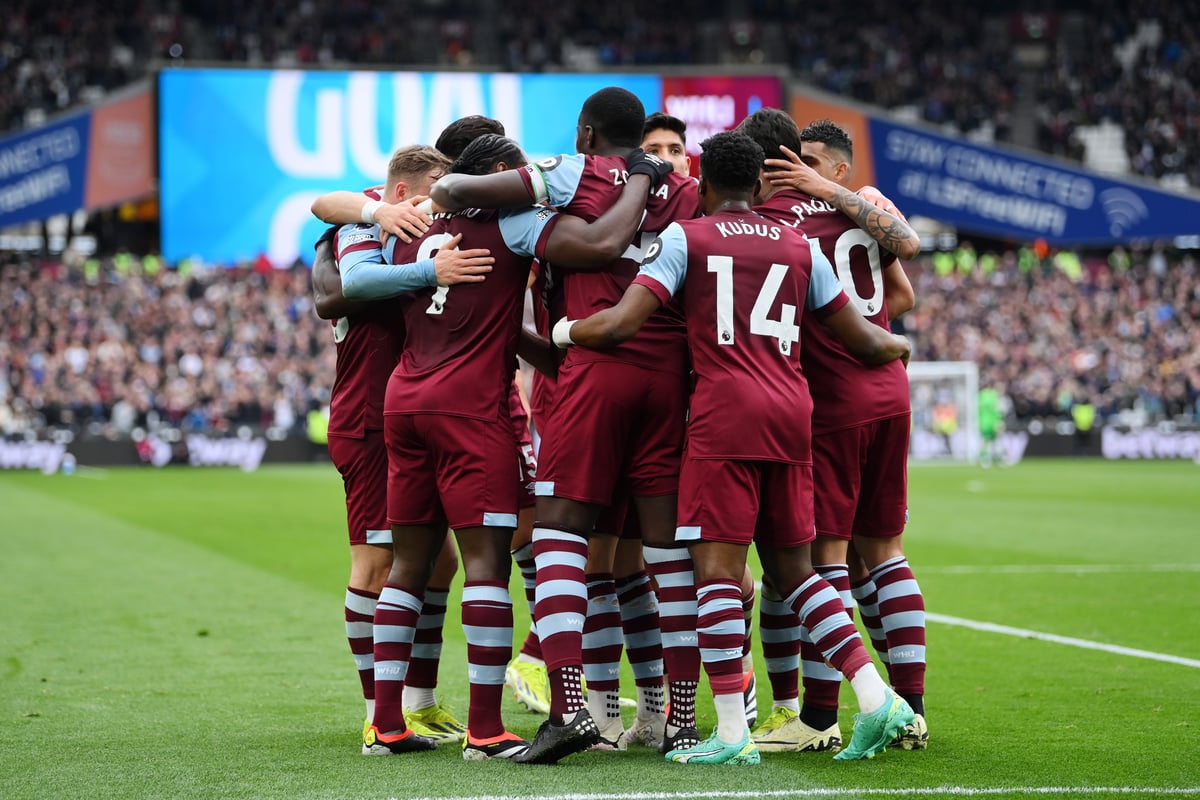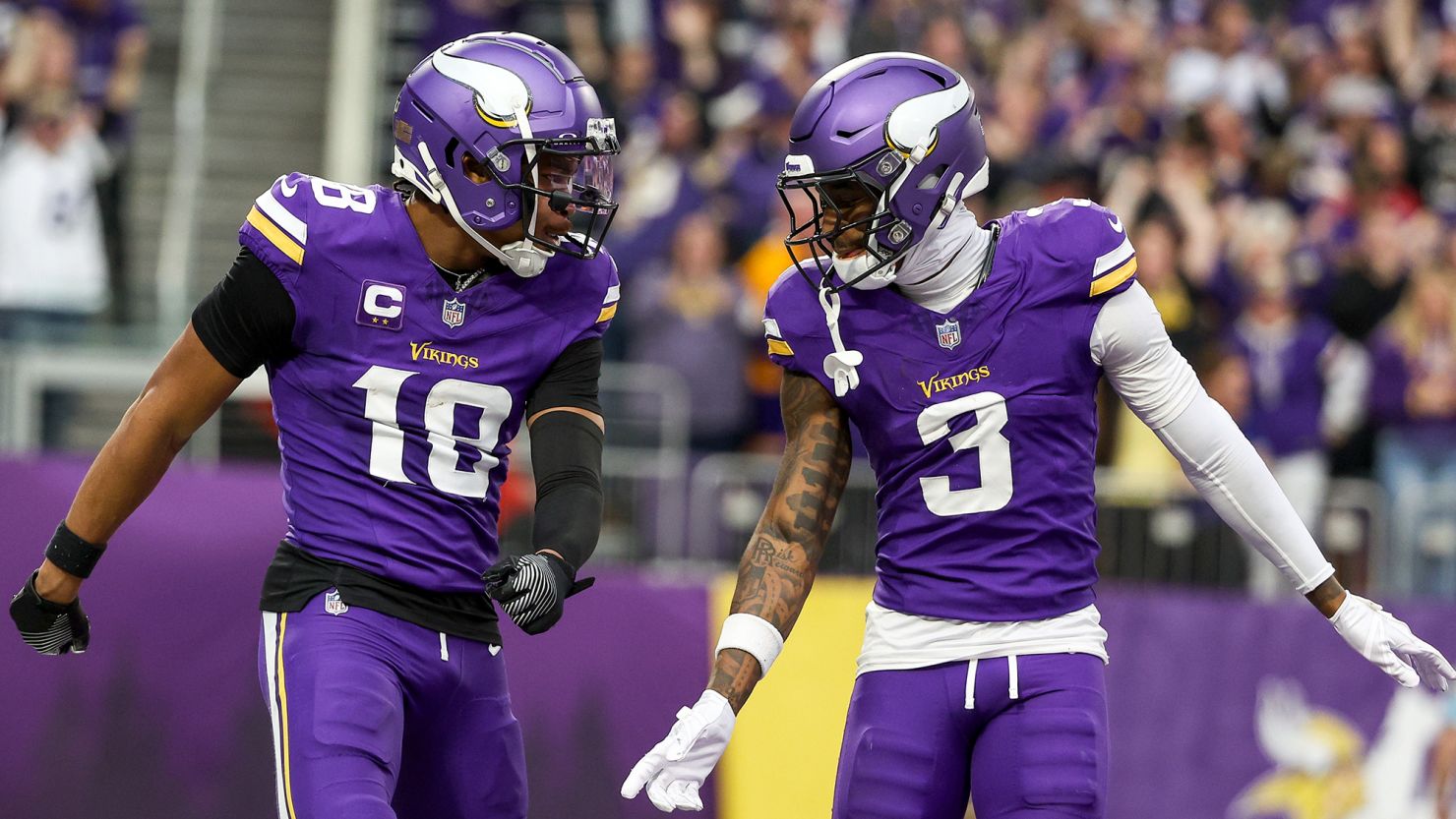Relegation often spells financial disaster for Premier League clubs — and Southampton FC’s 2023/24 Profit and Loss account reflects the gravity of such a drop. But dig beneath the surface, and this is more than a cautionary tale — it’s a masterclass in strategic player trading and fiscal adaptation.
Revenue: A Brutal £60.8M Drop
Southampton’s total revenue plunged 42%, from £145.5M in the Premier League to £84.8M in the Championship.
- Broadcasting revenue halved (from £108M to £55.9M), driving the biggest dent — a clear consequence of relegation.
- Commercial income fell 31%, reflecting the difficulty in sustaining partnerships outside top-flight visibility.
- Matchday revenue saw a milder 15% decline, thanks in part to steady attendance.
While a drop in revenue is expected after relegation, the fall underscores the precarious over-reliance on broadcasting in the Premier League era.
Expenses Cut, But Still Heavy
Operating costs were slashed — notably:
- Wages were reduced by £41.6M (down 34%)
- Other expenses dropped by 16%
However, wages still consumed 95% of turnover, up from 84% the previous season — dangerously unsustainable territory, especially outside the Premier League.
The Lifeline: £123M in Player Sales
Here’s the twist: Southampton generated a staggering £123M in profit from player sales, up from just £7.4M the previous year — a whopping 1,553% increase.
Key exits like James Ward-Prowse, Tino Livramento, Romeo Lavia, and Moussa Djenepo helped rescue the club’s bottom line. This player trading strategy transformed an operating loss of £86.6M into a pre-tax profit of £17.3M — an extraordinary reversal.
Without this, the club would’ve posted one of the worst financial results in the EFL.
Operating Reality: A Club Still in Recovery
- EBITDA (Earnings Before Interest, Tax, Depreciation, and Amortisation) worsened to -£31.7M, showing the club’s core operations remain unprofitable.
- Operating losses grew to £86.6M, up from £77.9M.
- After tax, profit stood at £5.7M, thanks to the one-off boost from player exits.
This isn’t a stable foundation — but it’s a cleverly navigated transitional year.
Debt & Cash: Mixed Signals
- Net debt decreased by 28% (from £80.1M to £57.8M) — largely due to inflow from player sales.
- Gross debt sits at £71.3M, still a concern for a Championship club.
- Cash reserves are flat — £13.5M, barely changed from the previous year.
What are your thoughts on this?
IMAGE – Getty Images


